Berlin Film Festival 2016: An interview with Aaron Brookner, director of Uncle Howard
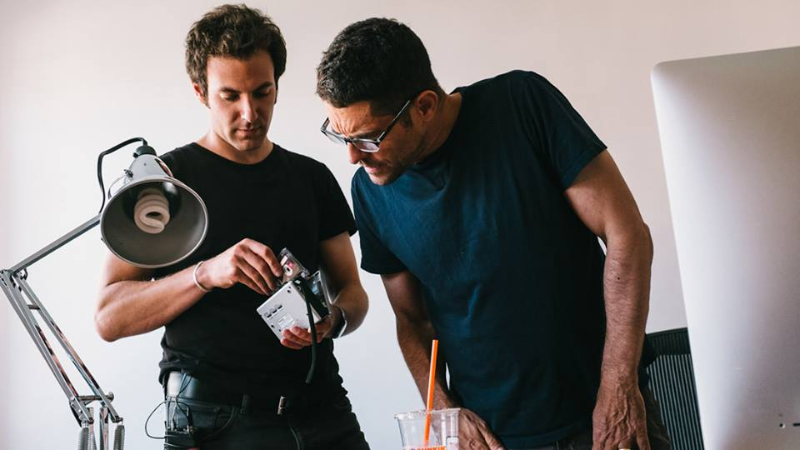
In 1983 director Howard Brookner released Burroughs: The Movie, a documentary portrait of novelist, satirical fabulist, firearms enthusiast and Beat Generation godhead William S Burroughs. Uncle Howard is the director’s nephew Aaron Brookner’s attempt to piece together his uncle’s life and premature death from hours of footage found years later in Burroughs’ fabled New York apartment, The Bunker.
Can you tell us a little bit about the production of Burroughs: The Movie?
Howard went to NYU Film School, and at that time [1978] it was on 2nd Avenue in the East Village. Howard was there at the same time as Burroughs and Allen Ginsberg were living amongst punks and giving readings at CBGBs, so you really had this crossover with the New Wave and the Beat Generation crop of artists. Howard was looking for something to do as his thesis film, and he approached Burroughs and started to film a documentary portrait of him. He and Jim Jarmusch – who was his best mate from film school – just checked out their gear from Spike Lee and Sara Driver in the NYU Equipment Room and went off to film Burroughs in Colorado. Then, in the December of 78, there was the Nova Convention, which was this storied event that featured Laurie Anderson, Philip Glass, Patti Smith, Frank Zappa, you name it, to honour William Burroughs. Howard grabbed pretty much everyone from NYU to film the event and began capturing Burroughs as this incredible artistic figure and also the landscape around him.
How did Uncle Howard come into being?
Howard died in 1989 when he was 34. He was in the middle of other films, hadn’t prepared his estate or anything, so the prints of the Burroughs movie became scattered. Then Burroughs died [in 1997] and I wanted to know what had happened to Howard’s work. When I first started to look for the Burroughs negative, I started to talk to the people involved like Jim [Jarmusch], Tom [CiCillo] and Burroughs’ literary executor James Grauerholz, who said: “You know, Howard had an archive of everything he shot for five years!”. So that’s how I first found out about it.
How hard was it to get hold of the footage?
Extremely. It took over a year of trying. In the meantime I went to the Burroughs Estate and they gave me Howard’s quarter-inch safety sound rolls, so I had about 30 hours of sound recordings that I started working with. When we finally we got the film cans, we knew it would cost tens of thousands of dollars just to see what was on them, so it was very hard to raise funds to do that. I’d go to people and they’d ask “Ok, what is it?”, and I’d say “Well, I don’t know – but it’s gonna be great!”.
What was it like stepping inside Burroughs’ retreat, The Bunker?
Super-crazy. It’s in The Bowery, which is really loud even by New York standards, then you go into The Bunker and it’s super quiet. It used to be a YMCA swimming pool so the walls are really thick and it’s eerily quiet. There’s a real presence in that space. It freaked me out the first time. It freaked Jim out too. There are spices on the spice rack dated 1978; there’s a handgun in the kitchen drawer. And then there were Howard’s cans under literally 30 years of dust.
Did you ever think that a documentary about a documentarian might be a little niche?
I viewed it from the beginning as an emotional narrative. I think when you deal with emotion and larger themes like legacy, AIDS, New York at that time, what you do with your life, what you give on to the following generations, these themes touch more that just the niche film buffs or the counterculture. Plus, you know, there’s Madonna! Madonna fans just love Bloodhounds of Broadway!
Period musical Bloodhounds of Broadway was Howard’s big Hollywood film. What happened there?
It wasn’t a hit, although it needs to be said that Howard was dying while he was making it. He couldn’t finish the edit, he was going blind and the studio changed hands three times and eventually re-cut the film, so it was a real disaster. And when they released it, reviews started coming out saying “How could you put Madonna in a movie where she plays a showgirl and not have her sing or dance?!?”. But she does. Twice. What had happened was that version the studio had released was missing the third reel. But looking back, it is amazing that he navigated the insane world of William Burrough for four years, then he’s 33, goes to a studio, gets studio money, gets all the big stars – Jennifer Grey turned down two big parts after Dirty Dancing so she could do Bloodhounds – and he manages to pull it off.
Documentarians usually pride themselves on blending into the background. How do you think Howard would react to a film about him?
It was weird – just when we finished up the sound mix, I had a dream. I was walking through this movie set with Howard and we were just talking shop and then he looked at me and asked if it was a good film. And I was like “Well, I think so…”. So hope he’d be pretty thrilled that I’d gotten it kind of right.
Did he have any future projects lined up when he died?
I found out that while he was in London he had a project he was developing with David Bowie.
Did you find out anything more about it?
Just that.
Shame!
I know, right!
Adam Lee Davies
Read our review of Uncle Howard here.
Read more of our reviews and interviews from the festival here.
For further information about Berlin Film Festival 2016 visit here.

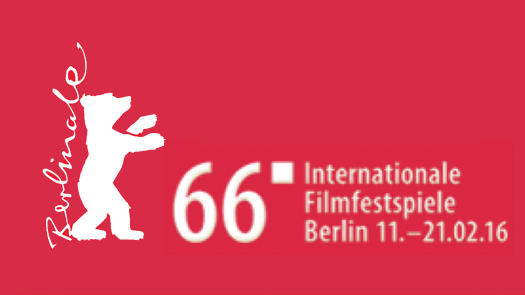
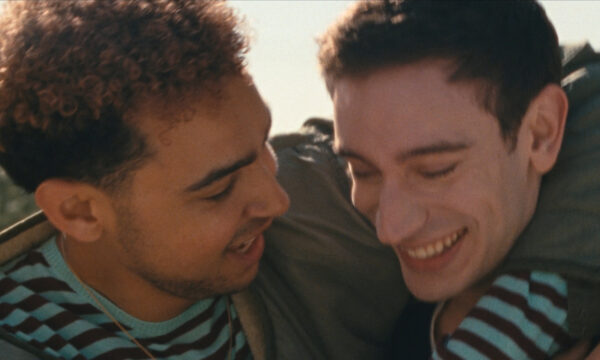
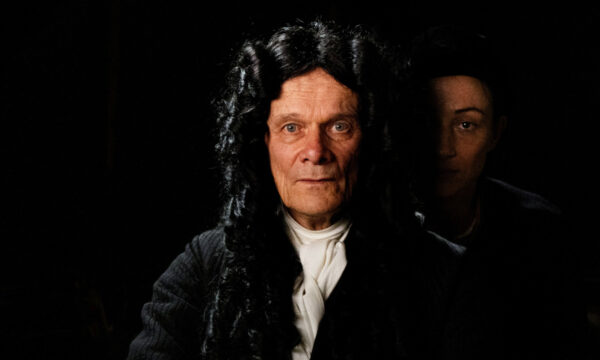
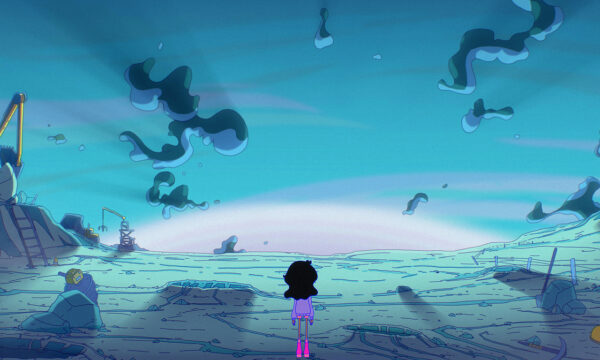
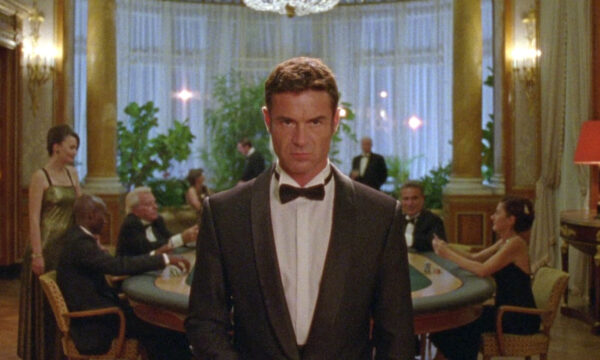
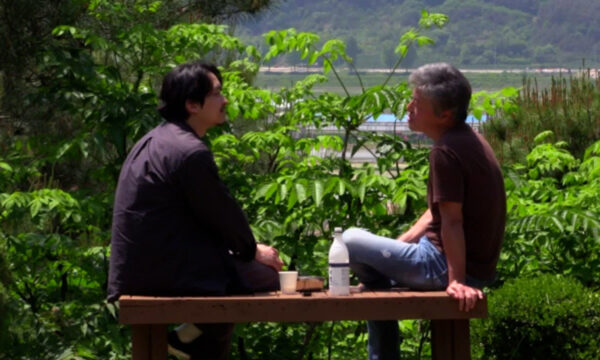
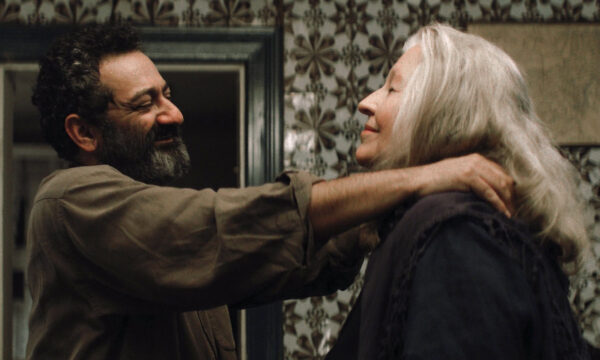
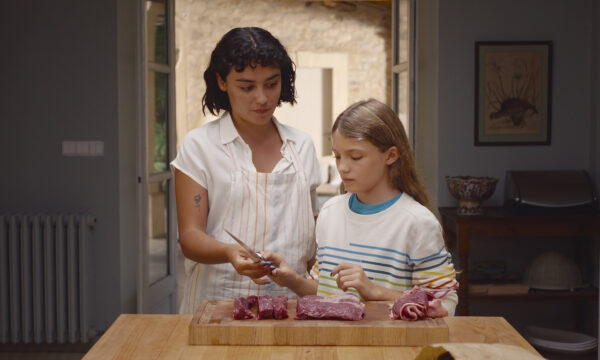
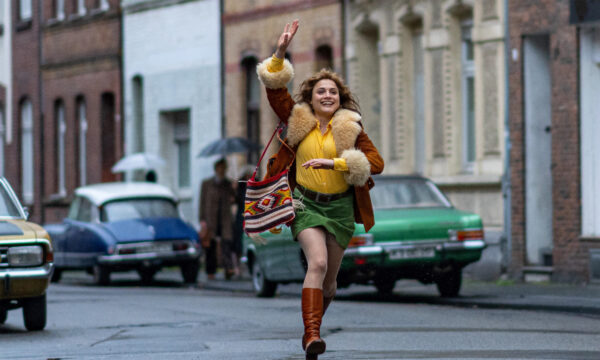
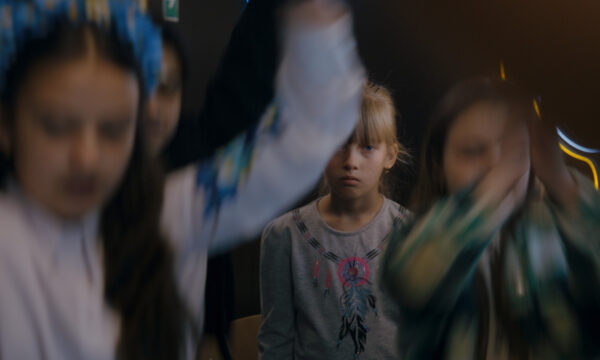

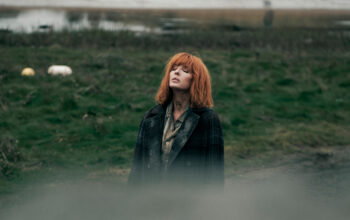


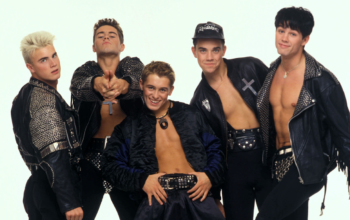
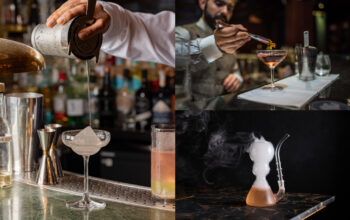

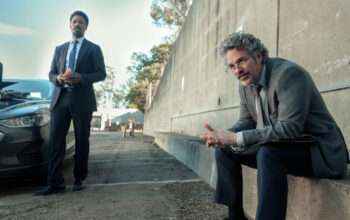

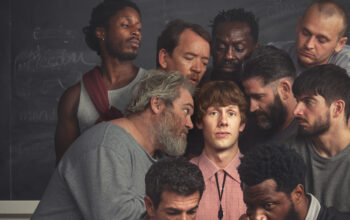
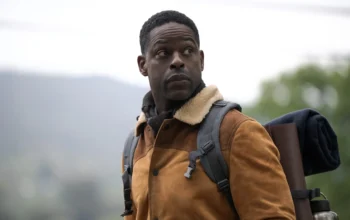
Facebook
Twitter
Instagram
YouTube
RSS